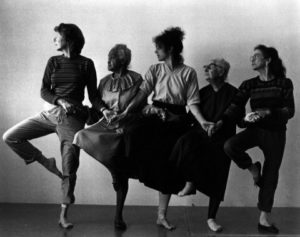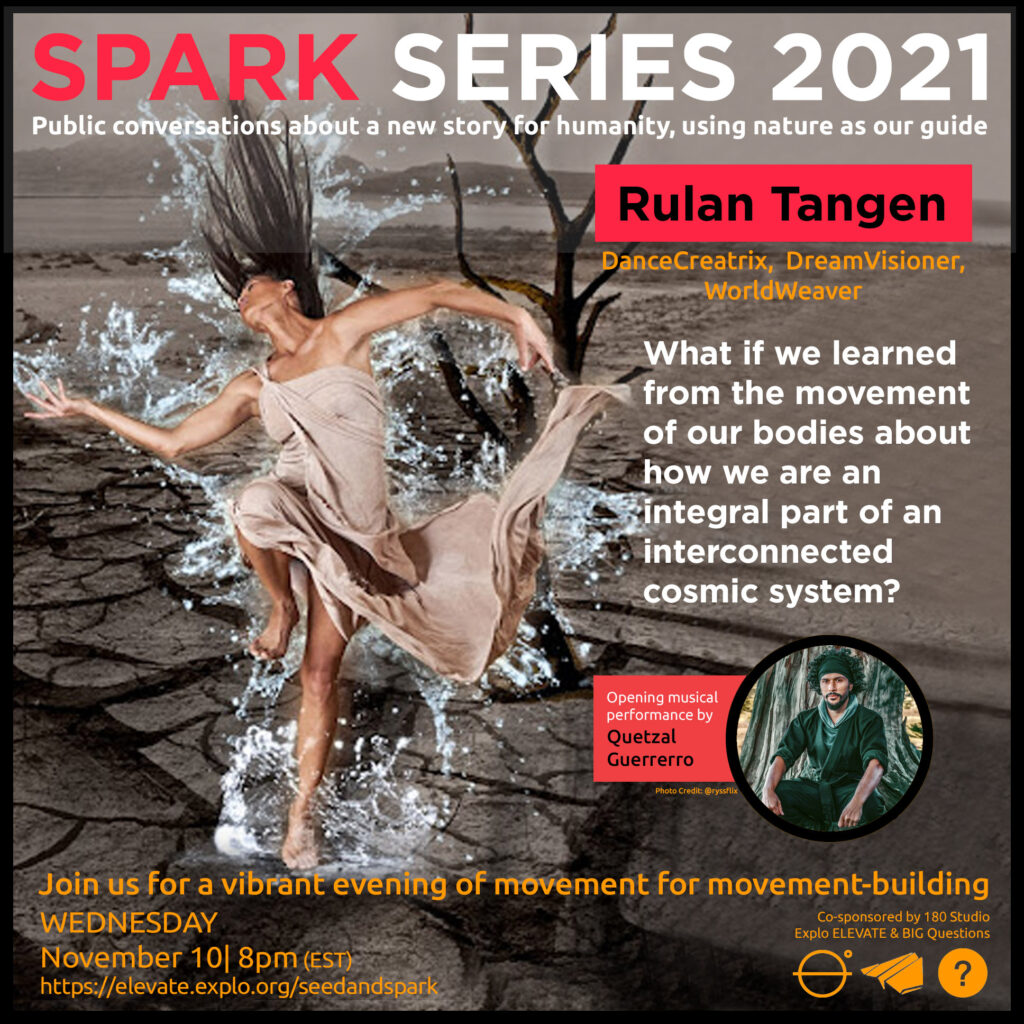Imagine, for a moment, a long, upright line that runs from top to bottom.
At the top is art so separate from its culture that its greatness is measured by its uselessness.
At the bottom is art so quotidian that no one even thinks to call it art.
This, Liz Lerman explains, is the hierarchy of ideas under which almost all of us labor.
And it is a false divide.
“Now imagine turning that line sideways to lay it horizontal,” she offers. “That way each of these poles exerts an equal pull and has an equal weight. If we are lucky enough, we can actually take the long highway between the sometimes opposing forces, discovering impulses that can feed our artistic impulses along the way.”
This is what it means to, as Lerman, says, “hike the horizontal.” And this is the journey she has been curating for all of us for the past five decades — a journey that is designed to blur the lines between artist and citizen, artist and scientist, and artist and audience.
Lerman’s career began as a young girl in constant motion — “up giant slides before my parents could stop me, racing into the flooded backyard to jump through the water, and begging for dance classes which I was finally allowed to begin when my family left California for Washington, DC, in the early 1950s.”
It continued through her teenage years, dancing in a ballet performance for President Kennedy, appearing in Life Magazine, and witnessing the tension between making art and living in a world that was alight with the civic friction of the civil rights movement.
“What I realized,” she says, “is that dance is a birthright, and birthrights are easily stolen. It is the human connection to the body, and the body’s connection to the mind, that provides a ladder, a safety net, or a trampoline, enabling people to experience the spiritual. People use their bodies to learn their history. And so to make change at all, you first have to notice what is going on around you or inside you.”
This epiphany led Lerman to found The Dance Exchange in 1976, and to organize its work around four essential questions:
Who gets to dance? What is the dance about? Where is it happening? And why does it matter?

In partnership with her colleagues, Lerman choreographed and performed dances that were deeply grounded in both community issues and the communities themselves. The Dance Exchange performed in concert halls, but also community centers, children’s hospitals, and retirement homes.
“I wanted to document ways of seeing and being that have the power to change the environments we live and work in,” she explained, “and the encounters that we have with each other. I hunted for ways to maintain my commitment to the excellence of the concert world in a balance with the dynamic, meaningful, and equally challenging world of communities.”
Early in her career, this sentiment led her to make what was at the time a radical choice — a dance of performers both young and old. “I began to question accepted notions of who and what was beautiful,” she recalled. “It was then that I began to see that from an artistic point of view, we could change people’s lives, and from a community point of view, we could change how people interacted.
“The older people made it so easy to extend oneself, converse with strangers, and be big about it all. Older bodies make for great storytelling, beautiful movement, and a curious form of courage.”
What surprised Lerman the most, however, was the impact of the relationship between her oldest and youngest dancers. “I decided that they were dancing so well because they were so loved. The dance environment in which most of these students had grown up was harshly judgmental. It was a liberating experience that offered such unreserved appreciation for their dancing and admiration for their bodies.”
This formula is one Lerman has revisited throughout her career, one that eventually led her into a creative alliance with scientists, and multimedia performances about subjects ranging from atomic energy to the trauma of war to the double helix. “It’s by now well established that science and art have a lot in common,” she says, “as well as much to teach each other. Artists and scientists have a keen understanding that not knowing is fuel for the imagination rather than fuel for humiliation. There is nothing to hide.
“I think we are at our most successful when we make it possible for people to undergo a fresh understanding of their surroundings, of an idea, or of their own relationship to artistic experience. We look at a body and we see the person, the shape, the line, the personality. If we know the person or we know how to look deeper, we see their history as well. The same happens to us in a building or a park or our homes. We see the place, the shape, the line, the personality. If we look deeper, we can perceive their history too. When we allow ourselves to witness and respond to both things at once, we can learn much about ourselves, about the spaces and places around us.
“The opening and closing curtains bracket a moment in time; they are a pair of parentheses within the long, ongoing project of making sense of the world. The theater calls our attention, brings us together, makes us focus, asks us questions, makes us wonder, and then releases us out again into the chaos.
We each belong to many domains, and although we may live in one, we have a history, need, and empathy for others. We are dwellers in the transdomain.”


Recent Comments